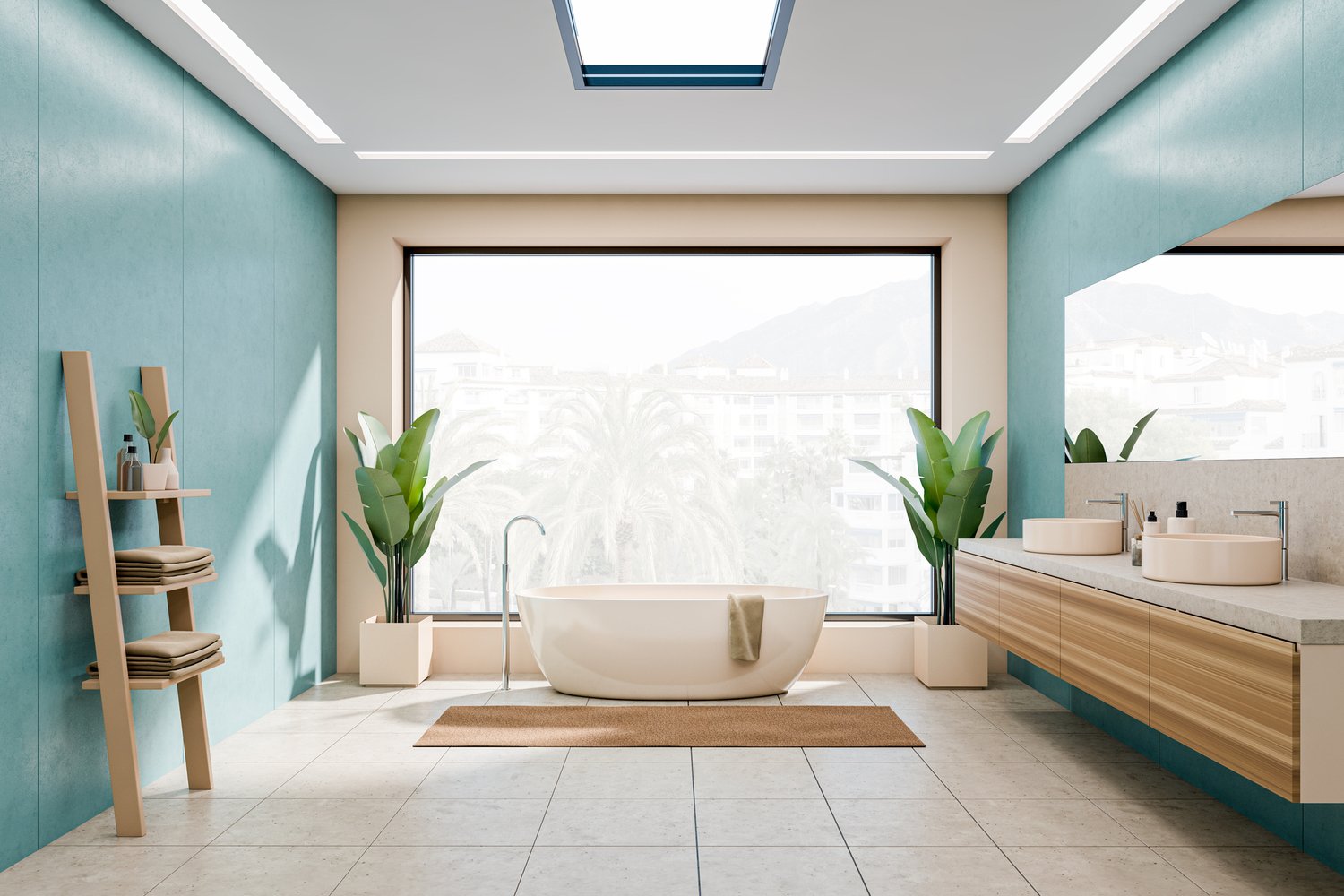A backyard swimming pool represents the pinnacle of home leisure investment, offering a private oasis for relaxation, exercise, and entertainment. However, the journey from dream to reality involves careful financial planning and consideration of numerous variables that impact the final swimming pool cost. Understanding the key factors that influence pool installation price is essential before diving into this significant home improvement project. This article breaks down the primary cost considerations to help you establish a realistic building a pool budget and avoid unexpected inground pool expenses.
Understanding the Base Costs
The foundation of your swimming pool budget begins with understanding the typical price ranges for different pool types. As of 2023, inground pool expenses typically start around $35,000 for basic installations but can quickly escalate to $100,000 or more for premium designs with extensive features. Above-ground pools represent a more economical option, with costs generally ranging from $3,000 to $12,000 depending on quality and size. Semi-inground pools fall between these price points, typically costing $10,000 to $25,000. These base figures provide only a starting point for your building a pool budget, as numerous factors will customize your final pool installation price.
Size and Shape Considerations
The dimensions and configuration of your swimming pool significantly impact the overall cost. Larger pools naturally require more materials and labor, increasing expenses proportionally. Standard rectangular designs represent the most cost-effective option, while custom shapes with curves, angles, or freeform designs drive up swimming pool cost due to more complex excavation and construction requirements. Each additional square foot increases not only initial building expenses but also ongoing maintenance and operational costs. When planning your pool installation price, consider whether you truly need an Olympic-sized pool or if a more modest design might better serve your needs while keeping your budget manageable.
Material Selection Impact
The materials chosen for your pool’s construction represent one of the most significant variables in your overall inground pool expenses. Vinyl-lined pools typically offer the lowest initial investment, starting around $25,000, but may require liner replacement every 5-9 years. Fiberglass shells occupy the middle range at approximately $45,000 to $85,000, offering quicker installation and lower lifetime maintenance. Concrete or gunite pools command premium prices starting at $50,000 but can exceed $100,000 for custom designs. These pools offer unlimited customization potential but come with higher building a pool budget requirements both initially and for ongoing maintenance. When consulting with pool contractors, AskHomey recommends requesting detailed breakdowns of material costs and longevity expectations to accurately compare lifetime value.
Features and Accessories
The swimming pool cost baseline represents just the beginning of your potential investment. Additional features dramatically impact the final pool installation price. Water features such as waterfalls, fountains, or jets can add $1,000 to $15,000 depending on complexity. Heating systems range from $1,500 for solar options to $5,000 or more for high-efficiency gas heaters. Lighting packages typically add $700 to $3,000 to inground pool expenses. Pool covers, while representing an additional cost of $1,200 to $3,000, often pay for themselves through reduced maintenance and heating costs. Smart automation systems that control temperature, lighting, and cleaning functions generally add $2,000 to $5,000 to your building a pool budget but provide convenience and potential energy savings.
Site Preparation Factors
Many homeowners underestimate the impact of site conditions on their swimming pool cost. Challenging soil types, limited access for equipment, extensive tree removal, or sloped terrain can significantly increase excavation expenses. Properties requiring retaining walls, extensive drainage solutions, or utility relocations face higher pool installation price points. Additionally, permitting costs vary substantially by location, ranging from a few hundred dollars to several thousand depending on local regulations. Allocating a 10-15% contingency in your building a pool budget for these site-specific inground pool expenses represents prudent financial planning.
Operational and Maintenance Considerations
The complete picture of swimming pool cost extends well beyond installation. Monthly operational expenses including chemicals, water, electricity for pumps and heaters, and potential increases in homeowner’s insurance typically add $200 to $400 monthly during swimming season. Annual opening and closing services range from $500 to $1,000 depending on location. Properly accounting for these ongoing expenses in your building a pool budget prevents financial surprises after completing your pool installation. Additionally, most pools require resurfacing or significant maintenance every 7-15 years, with costs ranging from $5,000 to $25,000 depending on pool type and size.
Timing and Financing Options
Strategic timing can impact your pool installation price. Many contractors offer discounted rates during off-season months, potentially reducing swimming pool cost by 5-15%. Various financing options exist specifically for pool construction, including home equity loans, cash-out refinancing, and specialized pool loans. Comparing interest rates and terms carefully ensures that financing costs don’t unnecessarily inflate your total inground pool expenses over time. Most importantly, obtaining multiple detailed quotes from reputable contractors provides the clearest picture of your specific building a pool budget requirements.
For more tips and to connect with reliable home service professionals, follow AskHomey on Facebook and Instagram.



